East Vancouver Eye Blog
Learn more about optometry care in our blog!
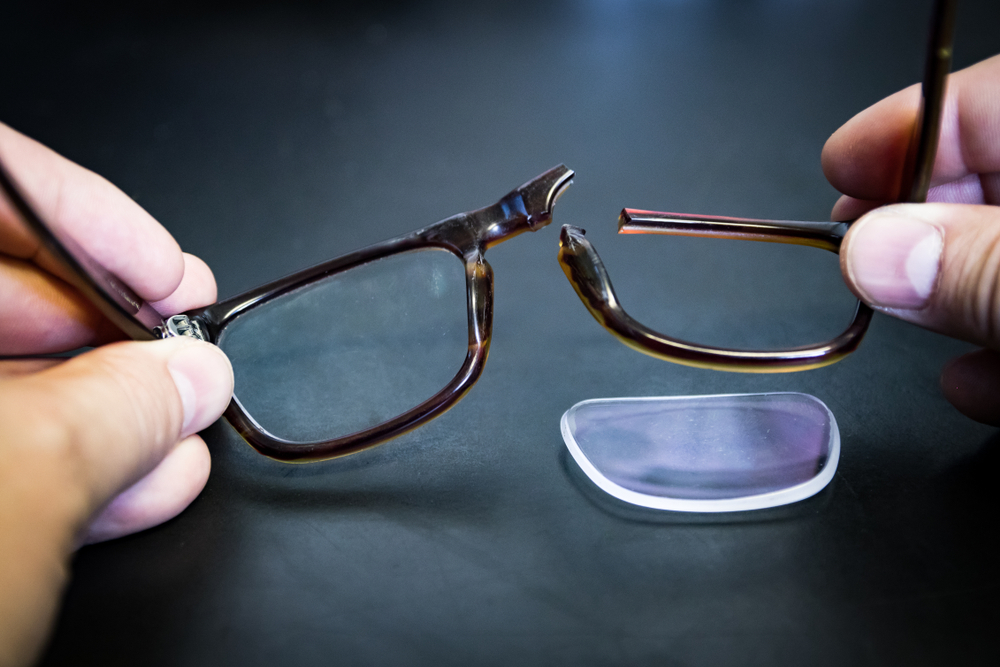
If you wear glasses every day, you rely on them to help you see clearly and comfortably. But like anything you use regularly, your eyewear won’t last forever. Whether due to changing prescriptions, worn-out frames, or outdated lens technology, knowing when it’s time to replace your glasses is essential for maintaining sharp, healthy vision. Here are some of the most common indicators that it may be time for an upgrade.
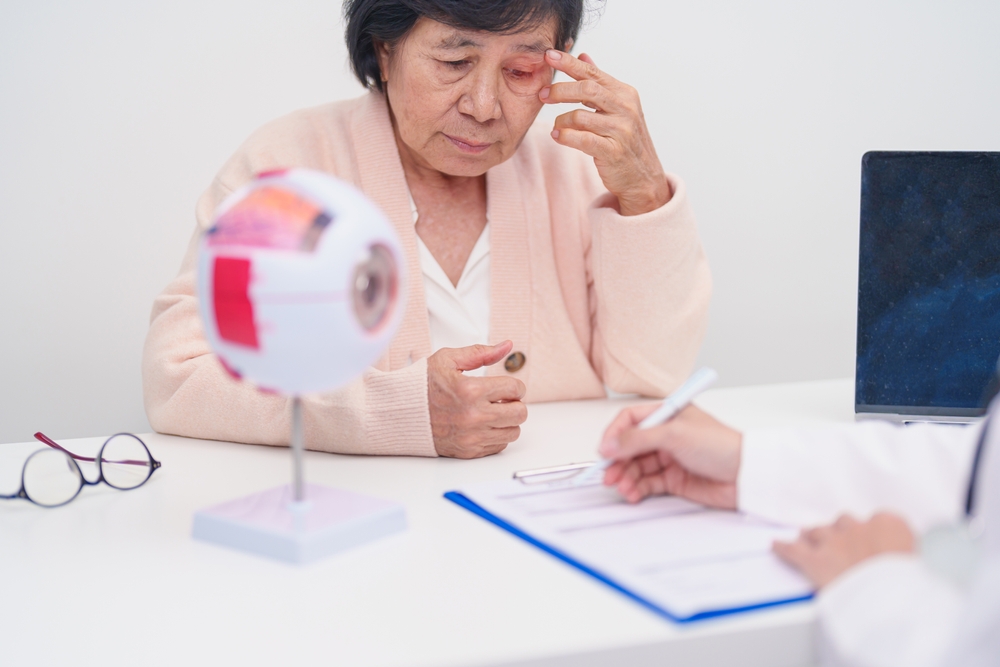
Living with diabetes requires careful attention to your overall health - including your eyes. High blood sugar levels can affect the small blood vessels and delicate tissues in your eyes, leading to a range of vision problems over time. Understanding how diabetes impacts your eyesight is essential for early detection and prevention.
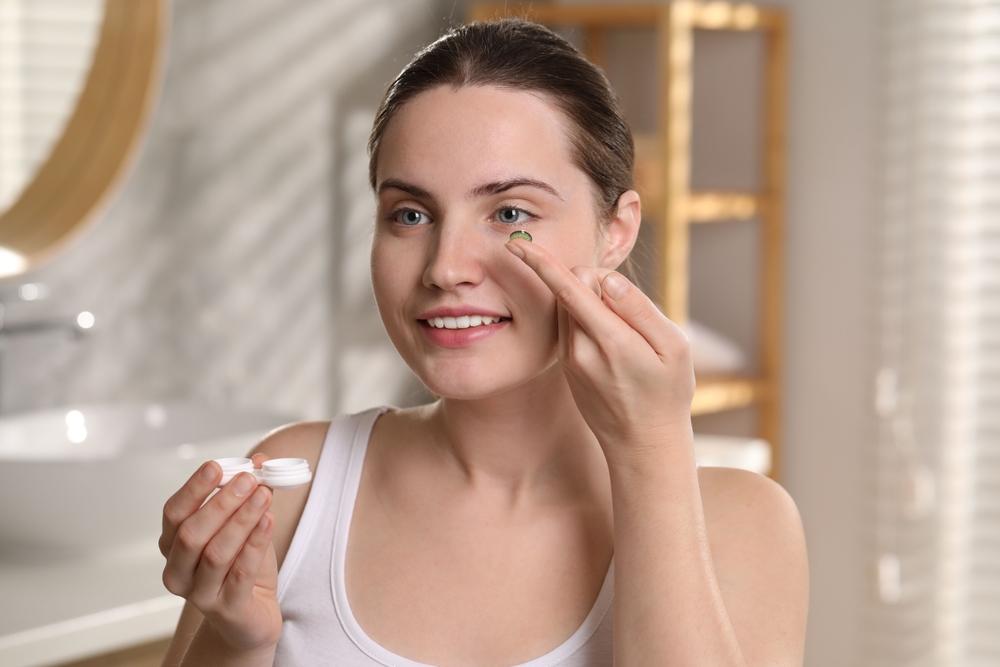
Contact lenses are a convenient and effective option for vision correction, offering freedom from glasses and a natural field of view. But many patients ask the same question before making the switch: How do I know if contact lenses are right for me? The answer depends on your lifestyle, eye health, and a professional evaluation through a contact lens exam and fitting.
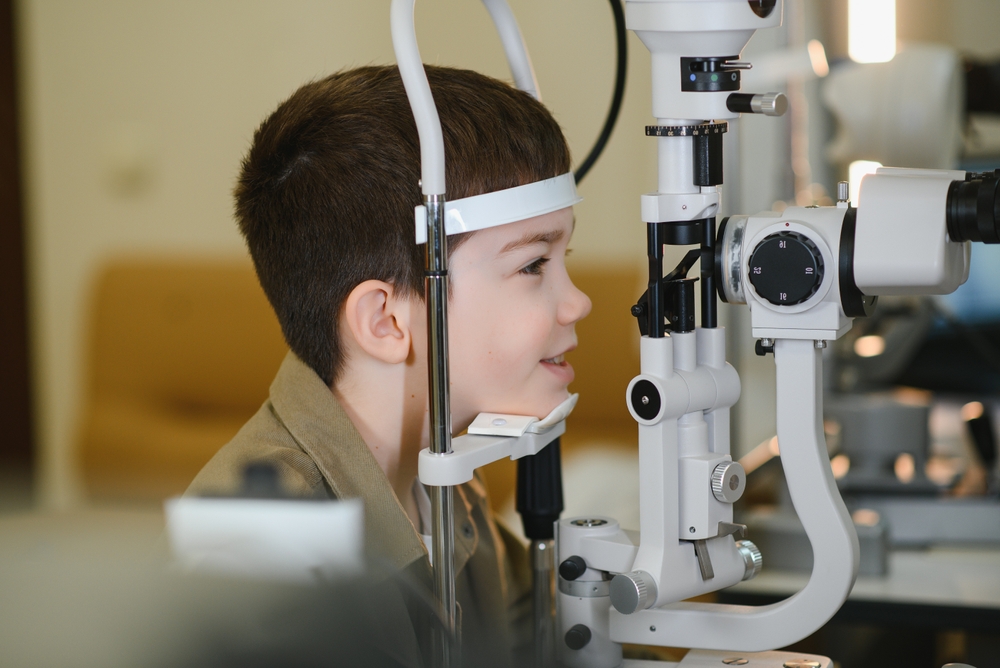
As the back-to-school season approaches, parents are busy checking off supply lists, buying new clothes, and preparing their children for the year ahead. While these preparations are important, one key item often gets overlooked - an annual comprehensive eye exam.
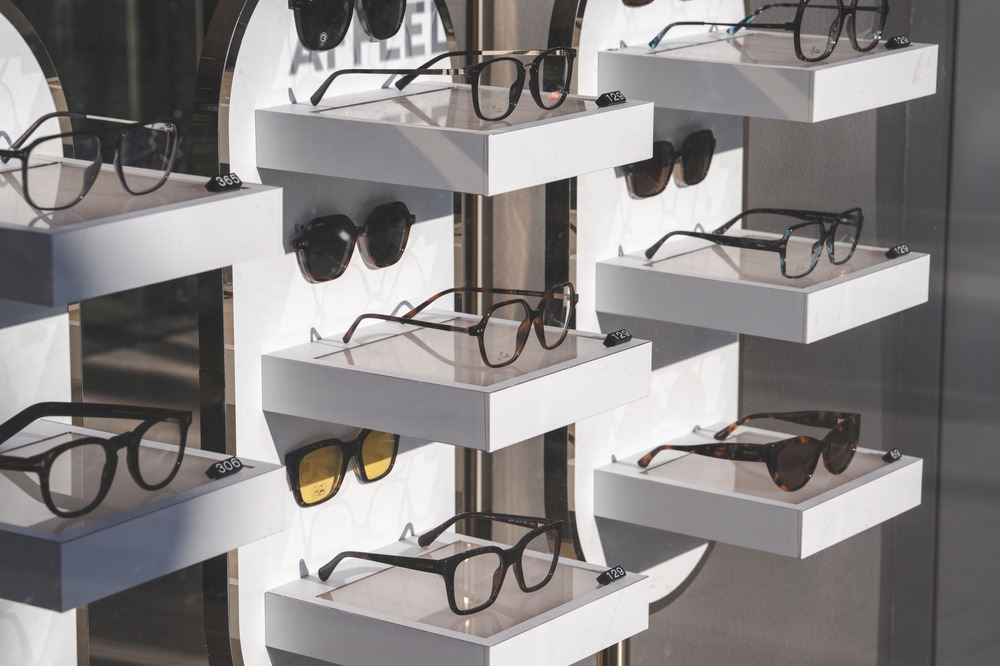
When it comes to finding the perfect pair of glasses, most people want more than just clear vision - they want frames that feel comfortable, complement their style, and stand the test of time. At East Vancouver Eye, we’re proud to offer boutique eyewear that goes beyond the basics, providing our patients with a unique blend of comfort, design, and durability.

Do you often find yourself battling headaches, eye strain, or neck and shoulder discomfort, especially after spending long hours on digital devices? These symptoms may be linked to a subtle misalignment in your eyes that places extra stress on your visual system. At East Vancouver Eye, we offer Neurolens, an innovative lens technology designed to relieve these symptoms by addressing the root cause.

Dry eye is a common and uncomfortable condition that occurs when your eyes do not produce enough tears or when the tears evaporate too quickly. While many people associate dry eye with aging or screen use, environmental factors can also play a significant role in triggering symptoms. At East Vancouver Eye, we believe in helping our patients understand the root causes of their eye discomfort so they can take proactive steps toward relief.

Astigmatism is a common vision condition caused by an irregularly shaped cornea or lens that leads to blurred or distorted vision at all distances. While glasses and traditional contact lenses can often correct mild to moderate astigmatism, individuals with more complex or irregular corneal shapes may struggle to achieve clear, stable vision with these options. That’s where scleral lenses come in.

March is Save Your Vision Month, a perfect reminder for those of us in Vancouver, Washington, and the surrounding areas to take our eye health seriously. One of the biggest threats to vision, especially as we age, is macular degeneration—a condition that can gradually take away the ability to see fine details, making everyday tasks like reading, driving, and recognizing faces more difficult. At East Vancouver Eye, we see many patients concerned about their risk for macular degeneration, and the good news is that while it’s not always preventable, there are steps you can take to protect your vision.

In today’s modern world, screens are an unavoidable part of daily life. From work to entertainment and communication, people spend hours in front of computers, smartphones, and tablets. However, this constant screen exposure can lead to digital eye strain, causing discomfort, headaches, and even neck pain. For those struggling with these symptoms, Neurolens offers a cutting-edge solution designed to alleviate the strain caused by prolonged screen time.







